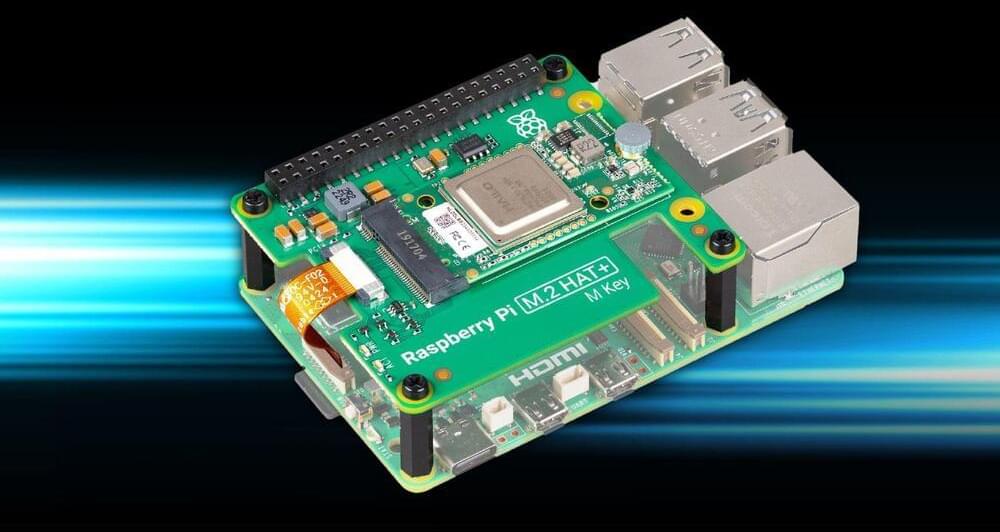Raspberry PI unveils its first AI-enabled board that will let developers and creators use AI in their projects straight out of the box.


Chinese state-owned automaker Dongfeng Motor is partnering with robotics firm UBTech to introduce the latter’s humanoid into its manufacturing process.
The industrial version of the Walker S humanoid robot from Ubtech will be used on the production line of Dongfeng Motor to carry out various manufacturing duties.
According to reports, it will involve conducting safety belt inspection, door lock testing, body quality checks, oil filling, and label application. The robot will integrate with traditional automated machinery to handle complex scenarios in unmanned manufacturing.

Advanced Micro Devices (AMD) has introduced its newest artificial intelligence (AI) processor, the MI325X. This advanced version of the MI300 series is expected to be available in the fourth quarter.
At the Computex technology trade show in Taipei, AMD also announced that it will develop AI chips over the next two years to challenge Nvidia’s dominance.
It should be noted that Nvidia has an almost 80% share in the market of AI semiconductors.
Nvidia CEO Jensen Huang has unveiled plans to build a next-generation AI platform called Rubin — named after astronomer Vera Rubin.
Huang made the announcement at an address ahead of the COMPUTEX technology convention in Taipei, which starts on June 4.
According to the company’s blog, Huang spoke to nearly 6,500 industry executives, reporters, entrepreneurs, gamers, inventors, and AI fans who had congregated at the glass-domed National Taiwan University Sports Center in Taipei.

Rising costs of living and education have presented unique challenges for Gen Z. NYU Professor of Marketing Scott Galloway describes the inequities in opportunity and education young people face, while offering possible solutions. #Education #GenZ #WSJ

Nick Lane discusses the emergence of consciousness as a result of mitochondrial action. Might consciousness arise from magnetic fields?Watch the full talk at…
The brick looks like concrete but avoids typical issues like water absorption and cracking.
Newly-introduced Lego-like bricks may make the construction process easier than ever.
A Canada-based sustainable startup, PLAEX Building Systems Inc., has created recycled plastic bricks. Named “Plaex-crete,” these blocks are lightweight, durable, and eco-friendly.
Plaex was founded by Dustin Bowers, and means PL-astic, A-ggregate, and EX-truder.
